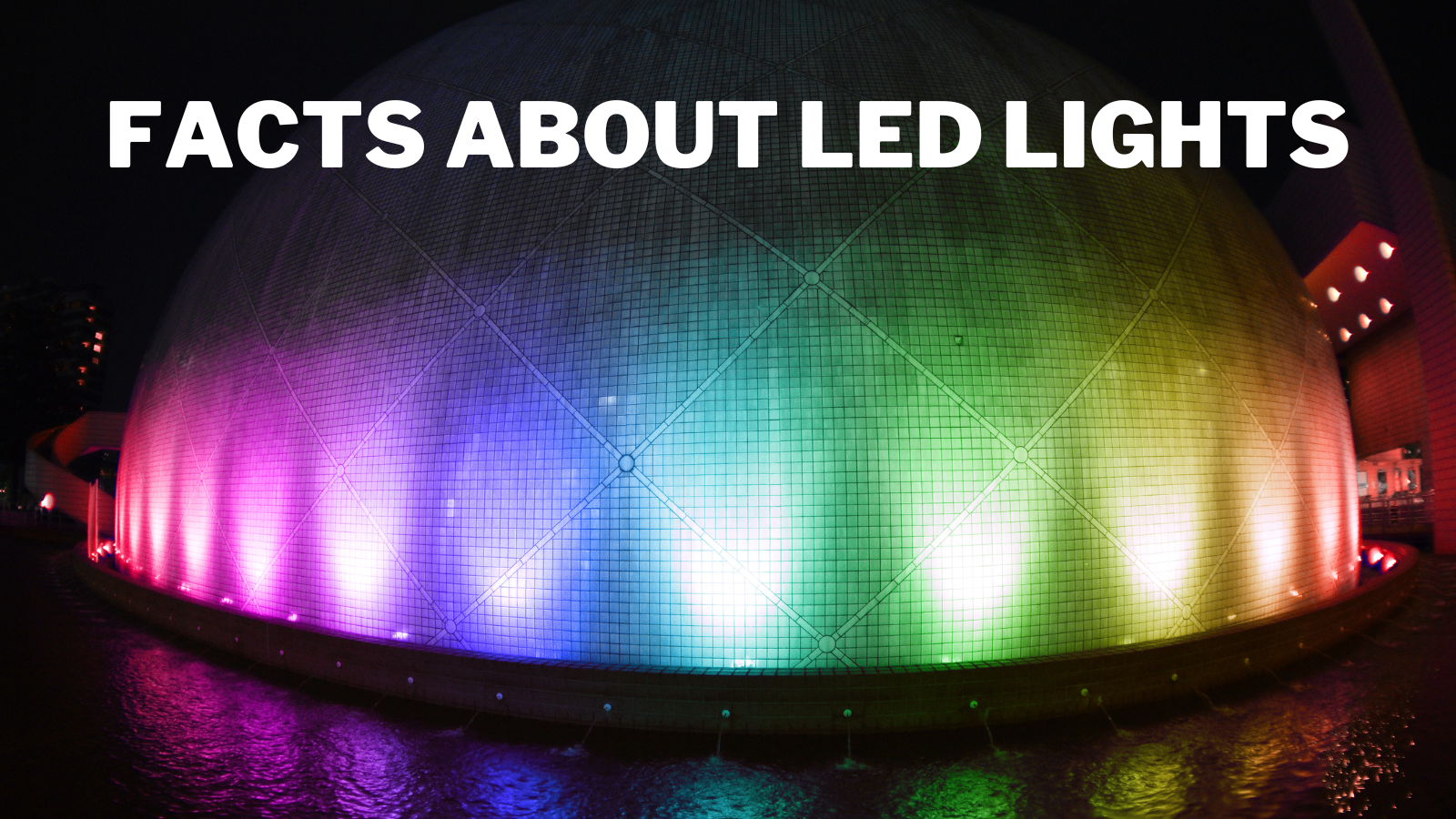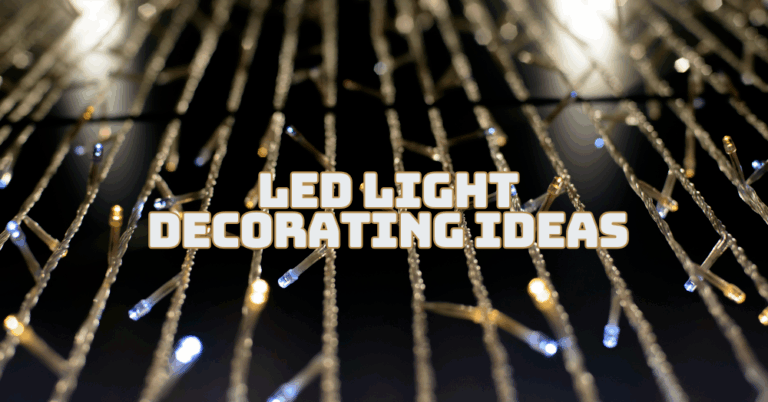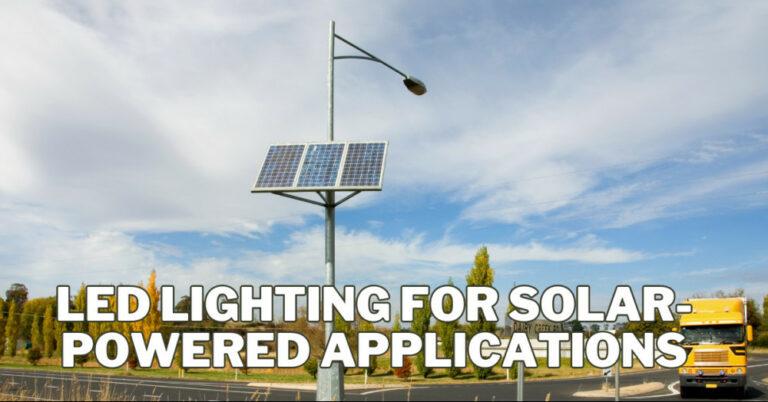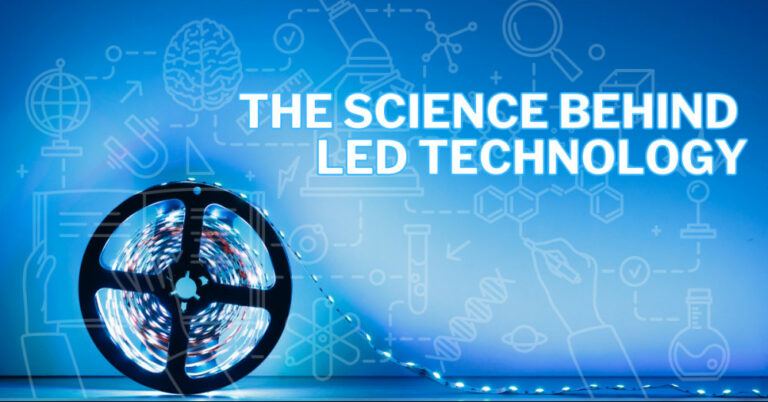Facts About LED Lights
Facts About LED Lights
LED lights have become increasingly popular in recent years and for a good reason. They offer a range of benefits over traditional incandescent and fluorescent bulbs, from increased energy efficiency to longer lifetimes.
In this blog post, we'll explore some interesting and informative facts about LED lights, including how they work, their advantages and disadvantages, and some surprising ways they're used.
Whether you're looking to upgrade your home lighting or want to learn more about this innovative technology, read on to discover the world of LED lights.
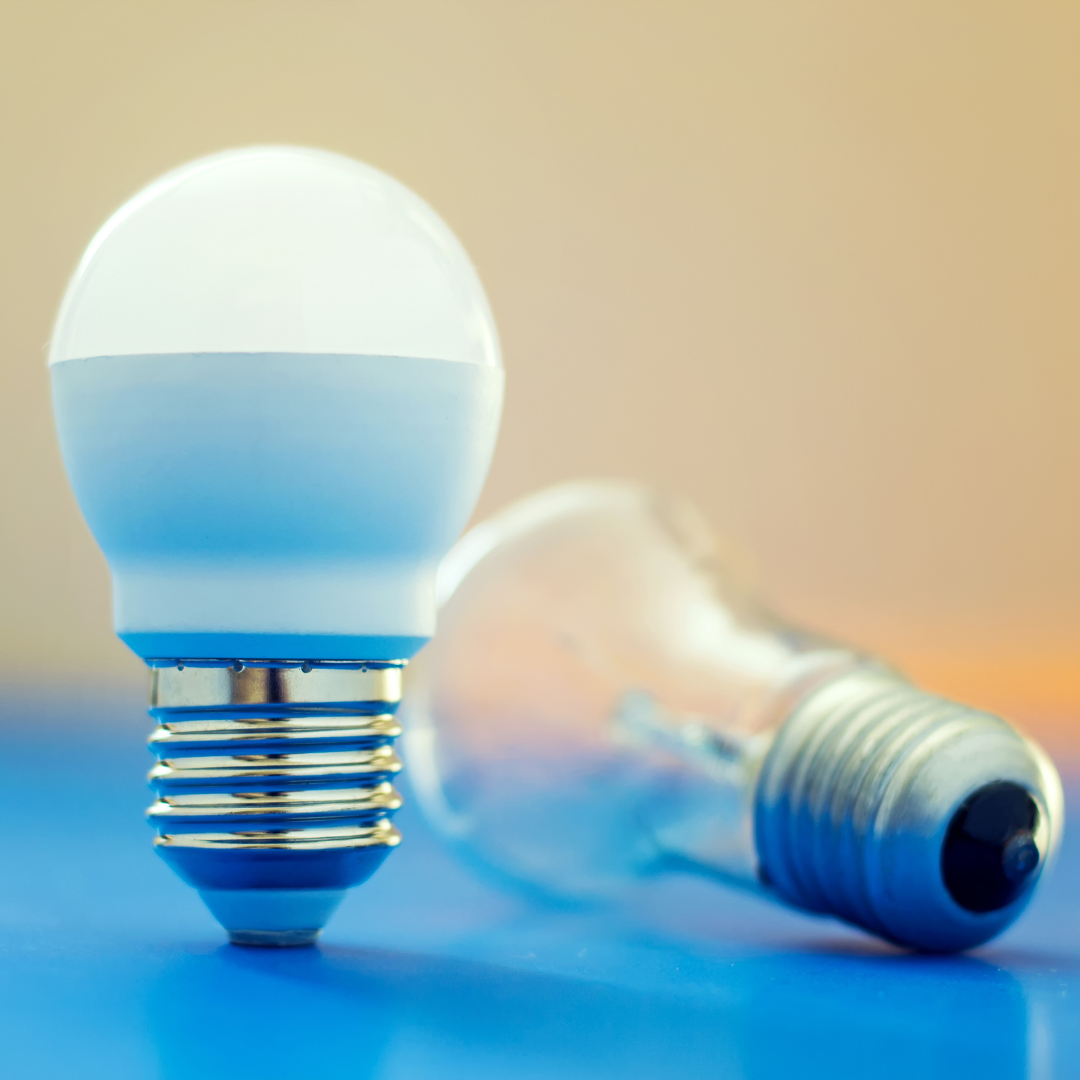
What Are LED Lights?
LED stands for “Light Emitting Diode.” A semiconductor device emits light when an electric current is passed through it. The basic structure of an LED includes a layer of a semiconductor material doped with impurities to create a p-n junction.
When a voltage is applied to the p-n junction, electrons and holes are injected into the intersection. As these electrons and holes recombine, they release energy in the form of light.
LEDs were first developed in the 1960s and used for low-intensity indicator lights. Since then, technological advances have led to the development of high-intensity LEDs that can be used for various applications.
One of the key advantages of LED lights is their energy efficiency. LEDs use up to 90% less energy than incandescent bulbs and up to 60% less energy than fluorescent bulbs. This makes them a more environmentally-friendly choice and can help to reduce energy costs.
LED lights are also known for their long lifespan. LED lights can last up to 25 times longer than traditional incandescent bulbs and up to 3 times longer than fluorescent bulbs. This makes them a more cost-effective option in the long run, as they need to be replaced less frequently.
LED lights are available in various colours, including red, green, blue, yellow, and white. The colour of an LED is determined by the material used to make the semiconductor layer. For example, a red LED is made from gallium arsenide, while a green LED is made from gallium phosphide.
LED lights can be used in a wide range of applications. They are commonly used in lighting fixtures, including streetlights, car headlights, and traffic signals. They are also used in electronic devices like televisions and computer screens.
In addition to being energy-efficient and long-lasting, LED lights are also environmentally friendly. They don't contain harmful chemicals like mercury, which can be found in fluorescent bulbs. They also produce less heat than traditional bulbs, which can help to reduce the carbon footprint of your home or business.
LED lights are also durable and can withstand shocks and vibrations, making them suitable for outdoor use, such as garden lighting and streetlights. They are easy to install and can be controlled remotely using a smartphone app or remote control.
Overall, LED lights offer a range of benefits over traditional lighting solutions, making them a popular choice for a wide range of applications.
Facts About LED Lights
1. LED Stands For “Light Emitting Diode”
To further expand on how LED lights work, the semiconductor material in an LED is doped with impurities to create a p-n junction, a boundary between two different types of materials with other electrical properties.
When a voltage is applied to the p-n junction, electrons and holes are injected into the intersection, and when they recombine, energy is released in light.
The bandgap of the semiconductor material determines the colour of the light emitted by an LED. Different semiconductor materials have different bandgaps, which correspond to different light colours. For example, gallium nitride (GaN) LEDs emit blue or green light, while indium gallium nitride (InGaN) LEDs emit blue, green, or white light.
LED lights are more energy-efficient than traditional incandescent bulbs because they convert more electrical energy into light rather than heat. On the other hand, incandescent bulbs produce more heat than light, making them less efficient.
LED lights also have a longer lifespan than incandescent bulbs because they don't have a filament that can burn out and are less susceptible to damage from vibration or shock.
Combining the electroluminescence process, efficient semiconductor materials, and the absence of a filament or other fragile components make LED lights a highly efficient and durable lighting option.

2. LED Lights Are Incredibly Energy-Efficient
For several reasons, LED lights are much more energy-efficient than traditional incandescent and fluorescent bulbs.
- First, as mentioned earlier, LED lights produce more light and less heat than incandescent bulbs. This means that a higher percentage of the electrical energy used to power the bulb is converted into light, which reduces energy waste and saves you money on your electricity bills.
- Second, fluorescent bulbs require a ballast to regulate the current and voltage in the bulb, which uses additional energy. On the other hand, LED lights have an internal driver that regulates the current and voltage, which helps minimize energy consumption and reduce energy waste.
- Third, LED lights are directional, emitting light in a specific direction. This differs from incandescent and fluorescent bulbs, which emit light in all directions, including upwards and downwards. Because LED lights are directional, they can be more easily focused on where light is needed, reducing wasted light and increasing energy efficiency.
- Finally, LED lights can be dimmed without losing efficiency. This means that you can adjust the brightness of your LED lights to match your needs, which can help you save even more energy and further reduce your energy bills.
Overall, the energy efficiency of LED lights is one of their most significant advantages, making them a popular choice for homeowners, businesses, and municipalities looking to reduce their energy consumption and environmental impact.
3. LED Lights Have A Longer Lifespan
For several reasons, LED lights have a significantly longer lifespan than traditional incandescent and fluorescent bulbs.
- First, as mentioned earlier, LED lights don't have a filament that can burn out, which is one of the most common causes of failure in incandescent bulbs.
- Second, LED lights are less susceptible to damage from vibration or shock, which can also cause traditional bulbs to fail prematurely.
- Third, LED lights generate less heat than incandescent and fluorescent bulbs, which can cause damage to the bulb over time. This means that LED lights can operate at lower temperatures, which reduces the likelihood of failure due to heat damage.
- Finally, LED lights use a different technology than incandescent and fluorescent bulbs. This technology is designed to operate more efficiently and with greater reliability than traditional bulb technologies, contributing to their longer lifespan.
The longer lifespan of LED lights translates to significant cost savings over time. Because you won't have to replace your LED lights as frequently, you'll spend less money on replacement bulbs and less time replacing them.
This makes LED lights a more cost-effective lighting option, especially for applications where the lights are used for long periods or are difficult to access.
Overall, the long lifespan of LED lights is one of their most significant advantages, making them a popular choice for homeowners, businesses, and municipalities looking to reduce their maintenance costs and environmental impact.

4. LED Lights Come In Various Colours
LED lights are highly versatile in the range of colours they can produce. They can be made in various colours, including red, green, blue, yellow, and white. The colour of an LED light is determined by the composition of the semiconductor material used in the LED.
LED lights can produce a range of colours through a combination of different coloured LEDs. For example, white LED lights are typically created by combining blue and yellow LEDs. Adjusting each colour's intensity can change the LED light's overall colour.
One of the advantages of LED lights is their ability to produce highly saturated colours. This means that the colours produced by LED lights are typically more vibrant and intense than those produced by other types of lighting. This makes LED lights ideal for use in mood lighting, as well as in decorative lighting applications such as holiday decorations.
Another advantage of LED lights is their ability to produce light in a narrow bandwidth. They can create specific light colours without requiring filters or other colour correction equipment. This makes them ideal for applications where colour accuracy is important, such as photography or film production.
Overall, the ability of LED lights to produce a wide range of colours makes them a highly versatile lighting option, suitable for various applications.
5. LED Lights Are Versatile
LED lights are incredibly versatile and can be used in many settings. They are commonly used in homes, businesses, and public spaces, including streetlights, car headlights, and traffic signals. LED lights are also widely used in televisions, computer screens, and stage and event lighting.
They are used in many products, including flashlights, holiday decorations, and toys. The versatility of LED lights makes them an ideal choice for a wide range of applications, from decorative lighting to high-tech electronics.
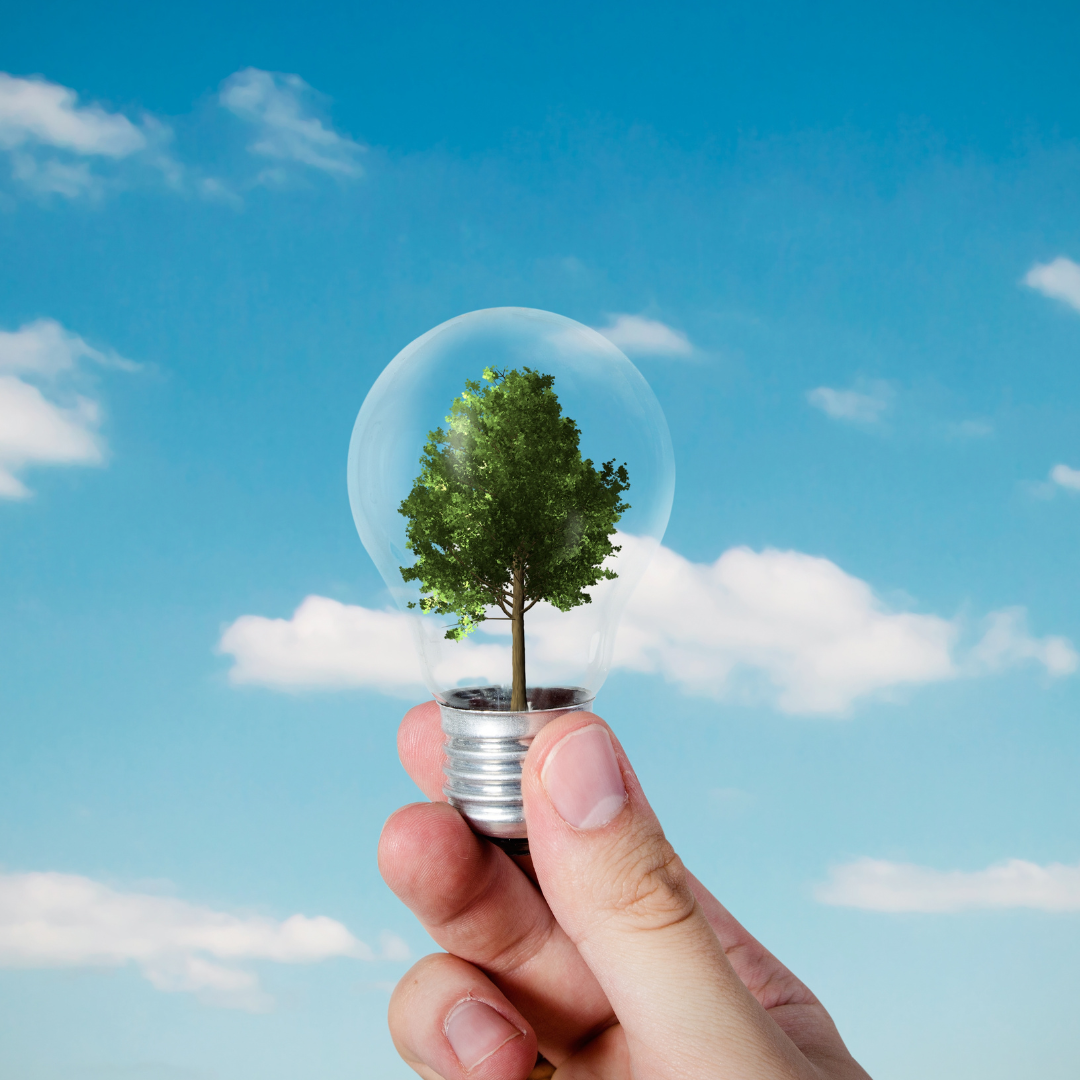
6. LED Lights Are Eco-Friendly
As mentioned, LED lights do not contain harmful chemicals like mercury, which can be found in fluorescent bulbs. This means they are safer for the environment and the people handling the bulbs.
LED lights are highly energy-efficient, using up to 90% less energy than incandescent bulbs and up to 60% less energy than fluorescent bulbs. This means they require less electricity to produce the same amount of light, which can help reduce greenhouse gas emissions and lower energy bills.
LED lights can last up to 25 times longer than traditional incandescent bulbs and up to 3 times longer than fluorescent bulbs. This means that they can be replaced infrequently, which reduces waste and the environmental impact of production and disposal.
LED lights produce less heat than traditional bulbs, which can help to reduce the energy needed for cooling in hot climates. This can help to lower your carbon footprint and reduce your energy bills.
7. LED Lights Are Durable
Unlike traditional bulbs containing fragile filaments or delicate glass tubes, LED lights are made from solid materials. This makes them more resistant to shocks, vibrations, and other physical stresses. As a result, they are less likely to break or shatter if dropped or bumped.
LED lights are also highly weather-resistant. They can withstand extreme temperatures, from cold to scorching heat, without losing their brightness or performance. This makes them ideal for use in outdoor settings, where they are exposed to the elements.
Because they are so durable, LED lights require less maintenance than traditional bulbs. They don't need to be replaced often, saving time and money. And because they are less likely to break, they also reduce the risk of injury from broken glass or other hazards.
As we mentioned earlier, LED lights are highly energy-efficient. This means they generate less heat than traditional bulbs. This reduced heat production helps to extend their lifespan by reducing the wear and tear on the components.
Overall, the durability of LED lights makes them a more reliable and cost-effective lighting option, especially in outdoor settings where traditional bulbs are more prone to breaking or burning out.

8. LED Lights Can Improve Your Health
Circadian rhythm regulation: LED lights can be adjusted to emit specific wavelengths of light that mimic natural daylight. This can help to regulate your body's circadian rhythms, which control your sleep-wake cycle, hormone production, and other bodily functions. LED lights that simulate natural daylight can improve mood, energy levels, and overall health.
LED lights can also help to improve your sleep quality by regulating your circadian rhythms. Exposure to bright, natural daylight in the morning can help reset your body's clock and improve your alertness during the day. Using warmer, dimmer LED lights in the evening can signal your body that it's time to wind down and prepare for sleep.
Some LED lights are designed to be flicker-free, so they don't produce the rapid on/off cycling that can cause eye strain, headaches, and other health problems. This is especially important for people working long hours in front of computer screens or other electronic devices.
LED lights emit little to no ultraviolet (UV) radiation, which can greatly harm human health. This means that LED lights are a safer and healthier option, especially for people who spend a lot of time indoors.
LED lights offer several potential health benefits, including improved mood, sleep quality, and eye health. You can create a healthier and more comfortable indoor environment by choosing LED lights that simulate natural daylight and reduce eye strain.
9. LED Lights Are Easy To Install
LED lights are available in various styles and form factors, making them easy to install in various settings. They can be found in bulbs, tubes, strips, panels, and even integrated into fixtures like ceiling fans and chandeliers.
Additionally, LED lights are often designed to be retrofit-friendly, which means they can replace traditional bulbs in existing fixtures.
Another advantage of LED lights is that they don't require any warm-up time like other bulbs, providing instant light when needed. This can be especially helpful when quick, reliable illumination is necessary, such as emergency lighting or security lighting.

10. LED Lights Can Be Controlled Remotely
One of the benefits of LED lights is their ability to be controlled remotely. Many LED light systems come equipped with a wireless controller that allows users to adjust the lights' brightness, colour, and temperature from their smartphone, tablet, or another device.
This makes it easy to create customized lighting schemes that suit your preferences, and it can also help to save energy by dimming the lights when they're not needed. LED lights can also be programmed to turn on and off at specific times using a timer or a smart home automation system.
This can be especially useful in commercial settings, where lights may be turned on and off automatically at specific times to save energy and reduce costs. It can also be helpful in residential settings, allowing you to come home to a well-lit house or wake up to a softly lit bedroom.
Finally, remote control of LED lights can be especially useful for people with mobility issues or disabilities, allowing them to easily adjust the lighting without needing to reach the switches physically.
Controlling LED lights remotely adds convenience and versatility that traditional lighting systems can't match.
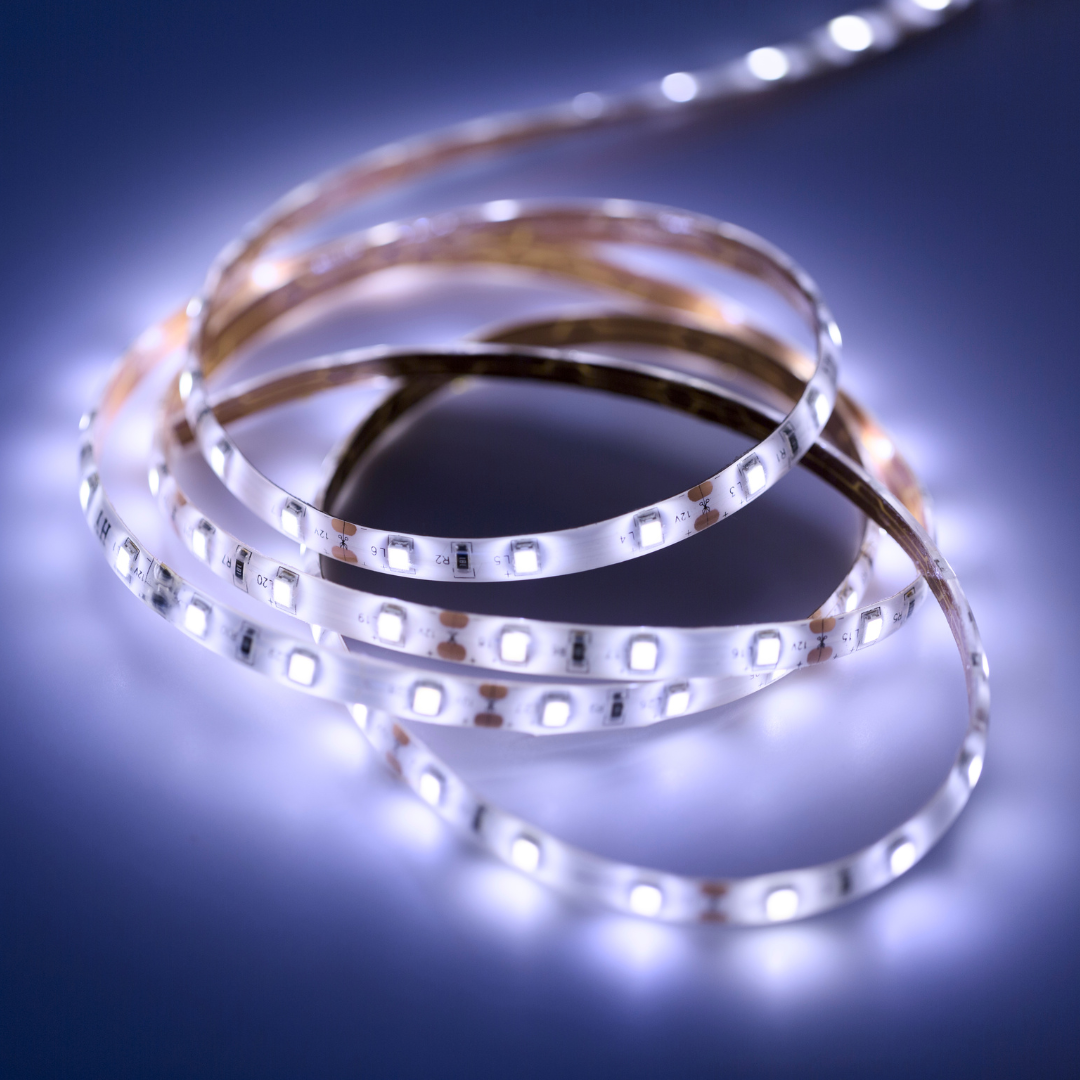
Conclusion
In conclusion, LED lights are a revolutionary technology with numerous advantages over traditional lighting options. They are energy-efficient, long-lasting, and versatile, making them an excellent choice for many settings.
Additionally, LED lights are eco-friendly and can even improve your health. With their easy installation and remote control options, they are also convenient to use.
Whether you're looking to upgrade the lighting in your home or business or are interested in the latest smart home technology, LED lights are an excellent option.
I trust you enjoyed this article on Facts About LED Lights. Please stay tuned for more blog posts to come shortly.
JeannetteZ
Your Opinion Is Important To Me
Thoughts? Ideas? Questions? I would love to hear from you. Please leave me your questions, experience, and remarks about this article on Facts About LED Lights in the comments section below. You can also reach me by email at Jeannette@Close-To-Nature.org.
>>>Please click here to read more about LED lights on Wikipedia<<<
Disclosure
This post may contain affiliate links. I earn from qualifying purchases as an Amazon Associate and other affiliate programs. Please read my full affiliate disclosure.
You might also enjoy these blog posts:
15 Best Vegetables To Grow In Your Container Garden
All About Wild Turkeys – A Large Shy Bird
Interesting Facts About Woodpeckers
I did the keyword research for this blog
post in Jaaxy. Click on the banner
below and try it yourself for free.

